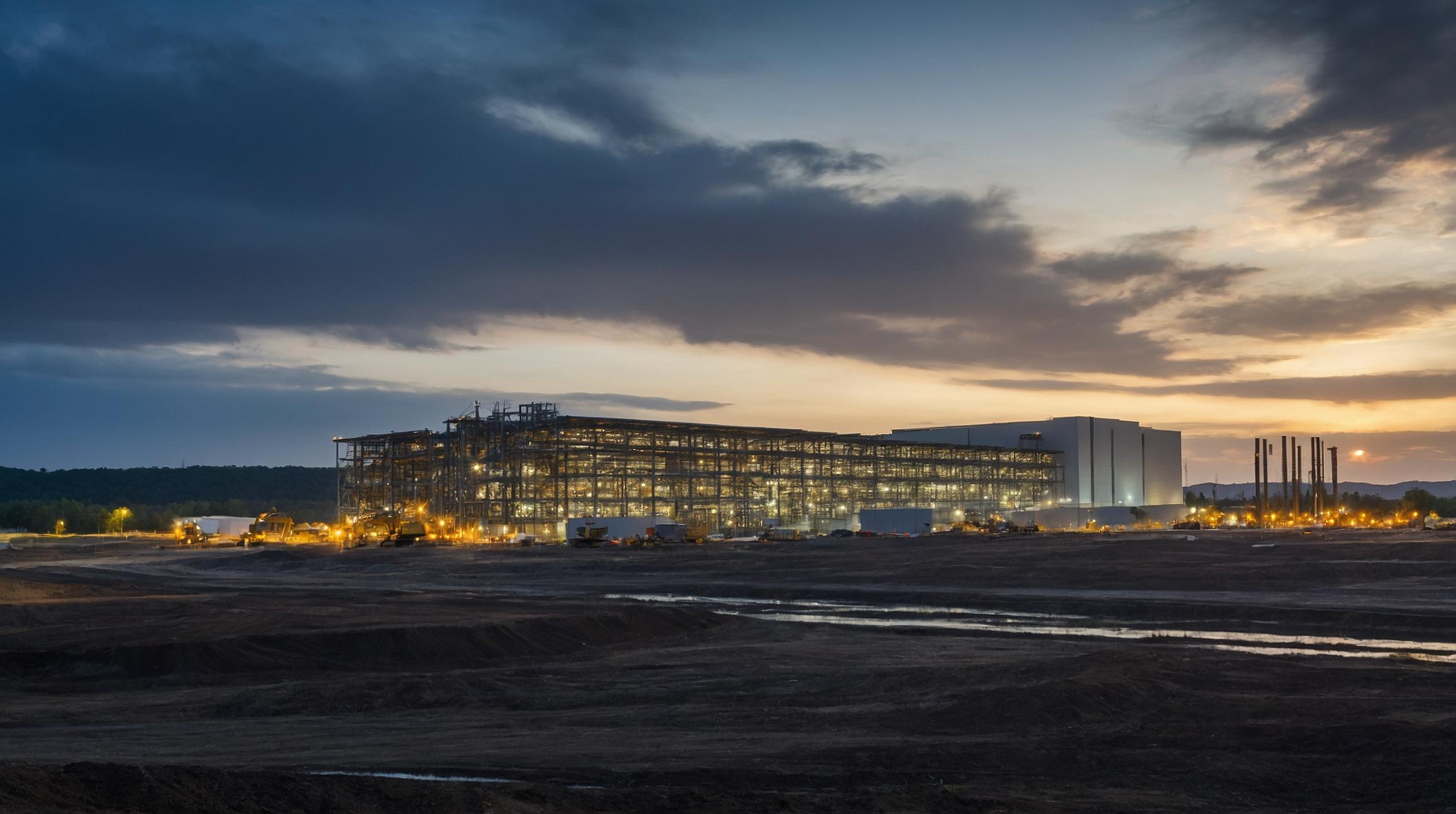SpaceX’s Dragon Spacecraft to Venture Beyond Low-Earth Orbit, Says Elon Musk
Elon Musk, CEO of SpaceX, announced on Friday that the company’s Dragon spacecraft is set to take humans farther in space than they have been in over half a century. Musk hinted at a space mission that will go beyond low-Earth orbit (LEO) this year. The last time humans traveled beyond LEO was with the Apollo 17 mission to the Moon in 1972.
According to Musk, “This year, the SpaceX Dragon spaceship will take astronauts the furthest they’ve been from Earth in over half a century.” The Dragon spacecraft has already made 40 visits to the International Space Station (ISS) and is capable of going beyond the ISS to the Moon.
Dragon Spacecraft Capable of Lunar Missions, Says SpaceX
The Dragon spacecraft, designed to carry up to 7 passengers, has proven itself by successfully completing 40 visits to the International Space Station (ISS). According to SpaceX, the spacecraft is also capable of venturing beyond the ISS and heading to the Moon. The company’s Starship launch vehicle, on the other hand, is expected to reach the Moon in less than 5 years.
Elon Musk has expressed his dreams of landing humans on Earth’s neighboring planet Mars, but has not provided a fresh timeline for this ambitious goal. In December 2023, Musk showed hopes of reaching Mars within ten years. Meanwhile, NASA is relying on SpaceX’s Starship to land humans on the Moon under its Artemis program, with the Artemis III mission planned for no earlier than September 2026.
SpaceX’s Starship: The World’s Most Powerful Launch Vehicle
SpaceX’s Starship is touted as the world’s most powerful launch vehicle, capable of carrying up to 250 metric tonnes. With fully reusable capabilities and methane-oxygen staged combustion engines, the Starship is capable of long-duration interplanetary flights and can carry up to 100 people. However, the Starship program has faced some setbacks.
SpaceX has attempted two flight tests of the Starship. The first flight in April resulted in an explosion just four minutes after take-off. The second flight in November saw successful stage separation, but the booster experienced an explosion shortly afterward. Despite these setbacks, SpaceX remains committed to perfecting the Starship for future space missions.
Conclusion
SpaceX’s Dragon spacecraft is set to take humans beyond low-Earth orbit this year, creating new possibilities for space exploration. The spacecraft’s track record of successful visits to the International Space Station demonstrates its capabilities for future missions to the Moon and beyond. With the ambitious goal of landing humans on Mars, SpaceX’s Starship launch vehicle is expected to play a crucial role in NASA’s plans to return to the Moon and explore new frontiers of space travel. Although the Starship has faced setbacks in its flight tests, SpaceX remains determined to achieve its vision of making interplanetary colonization a reality.
Analyst comment
Positive news. The market can expect increased interest and investment in space exploration and technology. SpaceX’s Dragon spacecraft’s ability to go beyond low-Earth orbit opens up new possibilities for space missions, including potential lunar expeditions. The ambitious plans for landing humans on Mars and the continued development of the Starship launch vehicle indicate a growing market for interplanetary travel and colonization. Despite setbacks, SpaceX’s determination to overcome challenges demonstrates a strong commitment to advancing space exploration.













